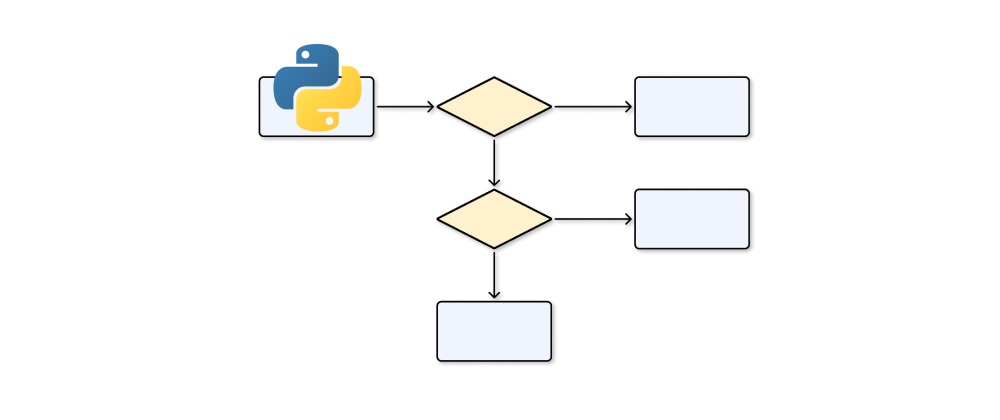Python에서 Momentum 전략을 통합하는 방법: 단계별 가이드
James Reed
Infrastructure Engineer · Leapcell

Momentum trading은 기존 시장 추세의 지속을 활용하는 인기 있는 금융 전략입니다. 가격이 상승할 때 자산을 매수하고 가격이 하락할 때 매도하는 것을 포함합니다. 이 튜토리얼에서는 과거 주가 데이터를 사용하여 Python에서 간단한 momentum 전략을 구현하는 방법을 보여줍니다.
Key Takeaways
- Momentum trading은 과거 가격 데이터를 사용하여 시장 추세의 지속을 활용합니다.
pandas및numpy와 같은 Python 라이브러리는 momentum 계산 및 신호 생성을 단순화합니다.- Backtesting은 momentum 전략의 성능을 평가하는 데 중요합니다.
Step 1: Setting Up the Environment
시작하려면 필요한 라이브러리가 설치된 Python 환경이 필요합니다. 이 작업을 위한 핵심 라이브러리는 다음과 같습니다.
pandas: 데이터 조작용numpy: 수치 연산용matplotlib: 시각화용
아직 설치하지 않았다면 다음 라이브러리를 설치하세요.
pip install pandas numpy matplotlib
Step 2: Importing Required Libraries
필요한 라이브러리를 가져오는 것으로 시작합니다.
import pandas as pd import numpy as np import matplotlib.pyplot as plt
Step 3: Loading Stock Price Data
Momentum을 계산하려면 과거 주가 데이터가 필요합니다. 이 예에서는 합성 데이터를 사용하겠습니다. 실제 시나리오에서는 Yahoo Finance 또는 Alpha Vantage와 같은 소스에서 데이터를 가져올 수 있습니다.
# Generate synthetic stock price data np.random.seed(42) dates = pd.date_range(start='2020-01-01', periods=500) prices = pd.Series(np.cumprod(1 + np.random.normal(0, 0.01, len(dates))), index=dates)
실제 데이터가 있는 경우 Pandas를 사용하여 로드합니다.
# Example for loading CSV data prices = pd.read_csv('your_data.csv', index_col='Date', parse_dates=True)['Close']
Step 4: Calculating Momentum
Momentum은 지정된 lookback 기간 동안의 가격 변화율로 계산됩니다. 예를 들어 20일 momentum은 다음과 같이 계산됩니다.
# Define lookback period lookback_period = 20 # Calculate momentum momentum = prices.pct_change(periods=lookback_period)
Step 5: Generating Trading Signals
Trading 신호는 momentum 값을 기반으로 생성됩니다.
- momentum > 0일 때 Buy
- momentum ≤ 0일 때 Sell
# Generate trading signals signals = np.where(momentum > 0, 1, -1)
Step 6: Backtesting the Strategy
Momentum 전략의 성능을 평가하려면 전략의 수익률을 계산하고 시장 수익률과 비교합니다.
# Align signals with returns returns = prices.pct_change().iloc[1:] signals = signals[:-1] # Align dimensions # Calculate strategy returns strategy_returns = signals * returns.values # Calculate cumulative returns cumulative_strategy_returns = (1 + strategy_returns).cumprod() cumulative_market_returns = (1 + returns).cumprod()
Step 7: Visualizing the Results
시장 수익률에 대한 momentum 전략의 누적 수익률을 플롯합니다.
# Plot cumulative returns plt.figure(figsize=(12, 6)) plt.plot(cumulative_strategy_returns, label="Momentum Strategy") plt.plot(cumulative_market_returns, label="Market Returns", linestyle='--') plt.legend() plt.title("Momentum Strategy vs Market Returns") plt.xlabel("Date") plt.ylabel("Cumulative Returns") plt.grid(True) plt.show()
FAQs
Momentum은 추세 방향을 나타내어 트레이더가 언제 매수 또는 매도할지 결정하는 데 도움이 됩니다.
Momentum은 지정된 lookback 기간 동안의 가격 변화율로 계산됩니다.
예, Yahoo Finance와 같은 소스의 실제 과거 데이터로 합성 데이터를 대체하여 사용할 수 있습니다.
Conclusion
이 튜토리얼에서는 Python에서 기본적인 momentum trading 전략을 구현하는 방법을 보여줍니다. 이것은 단순화된 예이지만 실제 애플리케이션에서는 위험 관리, 거래 비용 및 RSI(Relative Strength Index) 또는 MACD(Moving Average Convergence Divergence)와 같은 정교한 momentum 지표와 같은 추가 요소를 통합할 수 있습니다.
과거 데이터에 대한 전략을 개선하고 테스트함으로써 시장에서 경쟁 우위를 제공할 수 있는 강력한 거래 시스템을 개발할 수 있습니다.
즐거운 코딩과 트레이딩 되세요!
We are Leapcell, your top choice for deploying Python projects to the cloud.
Leapcell is the Next-Gen Serverless Platform for Web Hosting, Async Tasks, and Redis:
Multi-Language Support
- Develop with Node.js, Python, Go, or Rust.
Deploy unlimited projects for free
- pay only for usage — no requests, no charges.
Unbeatable Cost Efficiency
- Pay-as-you-go with no idle charges.
- Example: $25 supports 6.94M requests at a 60ms average response time.
Streamlined Developer Experience
- Intuitive UI for effortless setup.
- Fully automated CI/CD pipelines and GitOps integration.
- Real-time metrics and logging for actionable insights.
Effortless Scalability and High Performance
- Auto-scaling to handle high concurrency with ease.
- Zero operational overhead — just focus on building.
Explore more in the Documentation!
Follow us on X: @LeapcellHQ




